Deck & Commander Strategies

Phlage, Titan of Fire's Fury
Utilizes cycling and escape mechanics to fill the graveyard and repeatedly cast Phlage for damage and life gain, supporting a burn and graveyard recursion theme.
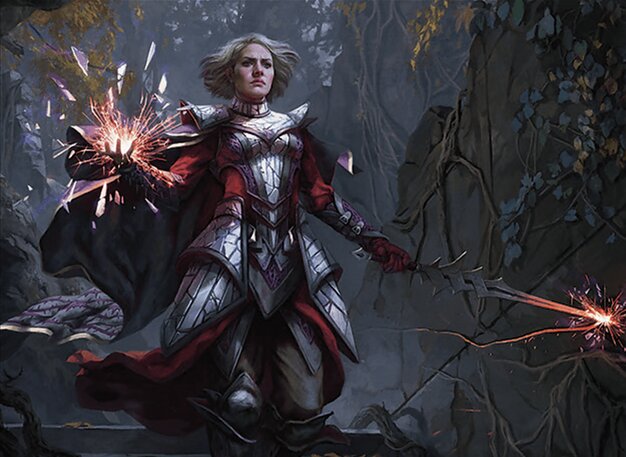
Rowan, Scion of War
Focuses on self-inflicted life loss to reduce spell costs, paired with red and black spells that steal and sacrifice opponents' permanents for value and pressure.

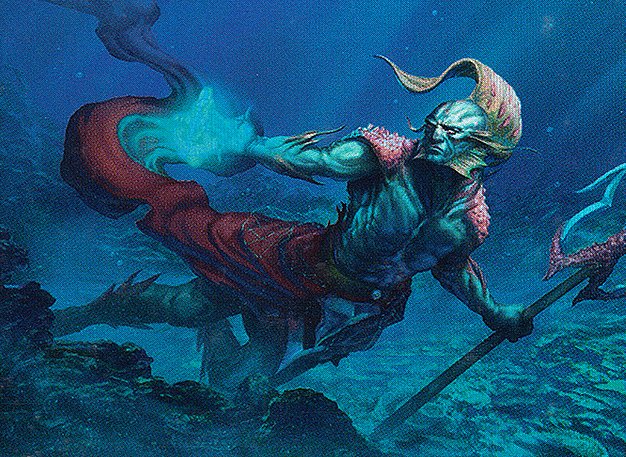
Vial Smasher the Fierce & Thrasios, Triton Hero
Leverages spells cast from exile to deal random damage to opponents and draw cards, using exile counters to recast powerful cards for incremental advantage.

Grolnok, the Omnivore
Self-mills cards to exile them with croak counters, then plays those cards from exile to maintain card advantage and develop a resilient board presence.
Gameplay Insights
- 1
The synergy between exile mechanics and damage output from Vial Smasher and Thrasios created a steady source of pressure that opponents struggled to manage.
- 2
Phlage’s escape ability allowed it to repeatedly impact the board through damage and life gain, forcing opponents to prioritize removal.
- 3
Grolnok’s self-milling strategy provided a reliable engine for card advantage by exiling cards with croak counters and replaying them, mitigating the risk of missing land drops.
- 4
Rowan’s life-loss driven spell discount enabled casting powerful black and red spells that disrupted opponents and stole valuable permanents.
- 5
The inclusion of a board wipe like Rift Sweeper was crucial to recover from early exile-based tempo swings and maintain game balance.
Notable Cards
-
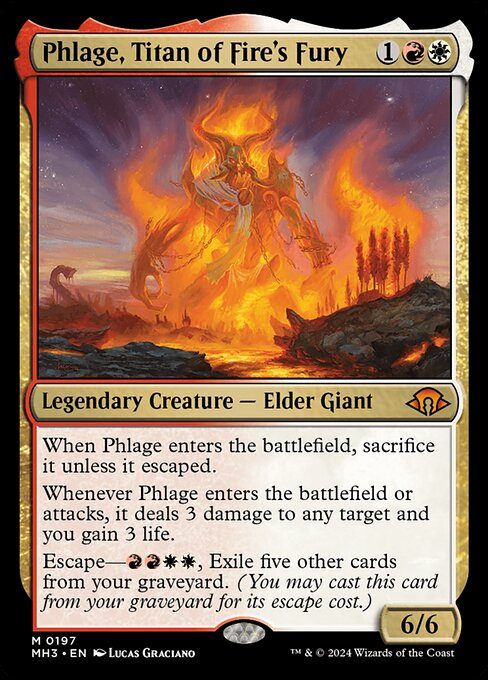
Phlage, Titan of Fire's Fury
-

Rowan, Scion of War
-
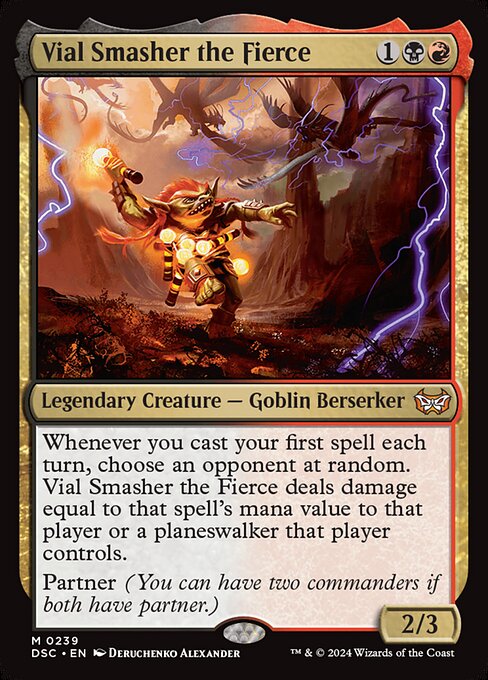
Vial Smasher the Fierce
-

Thrasios, Triton Hero
-

Grolnok, the Omnivore
-
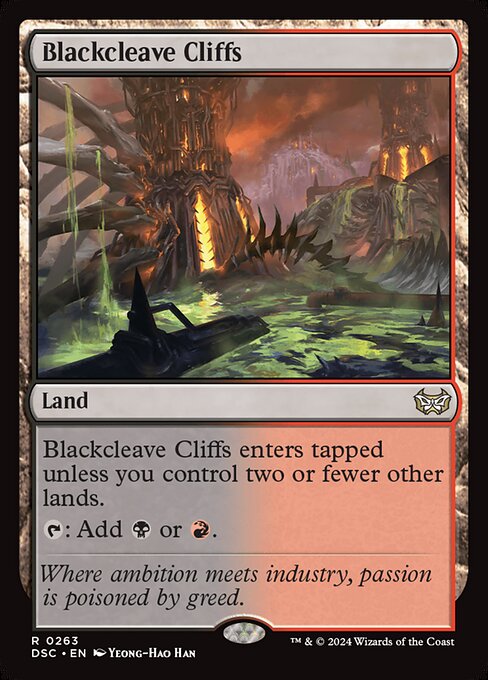
Blackcleave Cliffs
-
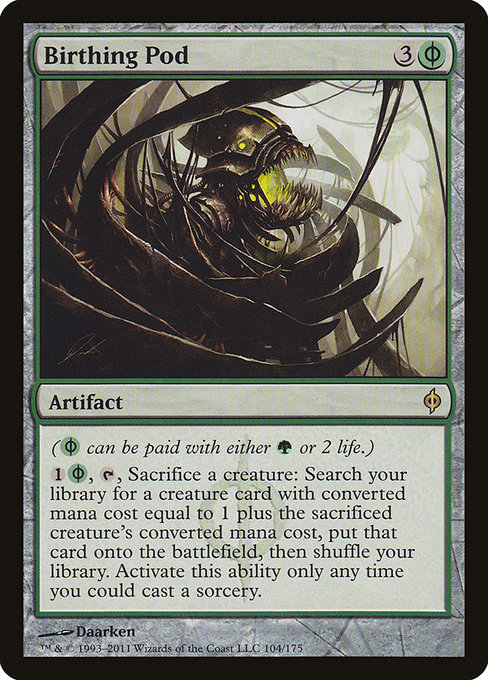
Birthing Pod
-

Black Market Connections
-
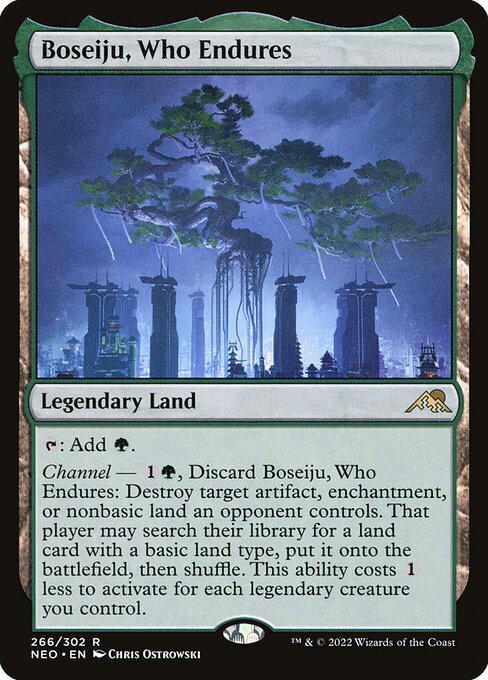
Boseiju, Who Endures
Gameplay Summary
The game began with each player setting up their respective strategies centered around unique commander synergies.
Phlage, Titan of Fire's Fury utilized a cycling and escape mechanic to repeatedly deal damage and gain life, leveraging graveyard interactions and burn effects.
Rowan, Scion of War focused on a damage-dealing, life-loss synergy with spells that cost less based on life lost, coupled with card advantage and sacrifice effects.
Vial Smasher the Fierce paired with Thrasios, Triton Hero emphasized casting spells from exile to generate damage and card advantage, exploiting exile counters to recast cards and deal damage randomly to opponents.
Grolnok, the Omnivore piloted a graveyard milling and croak counter strategy to play permanents from exile, generating card advantage and board presence through self-milling and recurring creatures. Early turns involved setting up mana bases and deploying key utility lands and ramp creatures to accelerate into each deck's core engine.
The game featured significant moments where exile synergies triggered multiple damage and recursion effects, with Vial Smasher and Thrasios dealing incremental damage as spells were cast from exile.
Phlage’s escape mechanic allowed repeated impact damage on entry and attack phases, gradually wearing down opponents.
Grolnok's self-milling strategy helped maintain card flow and board development, while Rowan's aggressive life-loss and sacrifice package pressured opponents and fueled spell discounts.
The interplay of exile, graveyard, and cycling mechanics created a dynamic battlefield where players had to carefully navigate removal, recursion, and damage output.
The game climaxed with a combination of exile-based damage and graveyard recursion overwhelming opponents, securing a win through incremental burn and board control.

















































